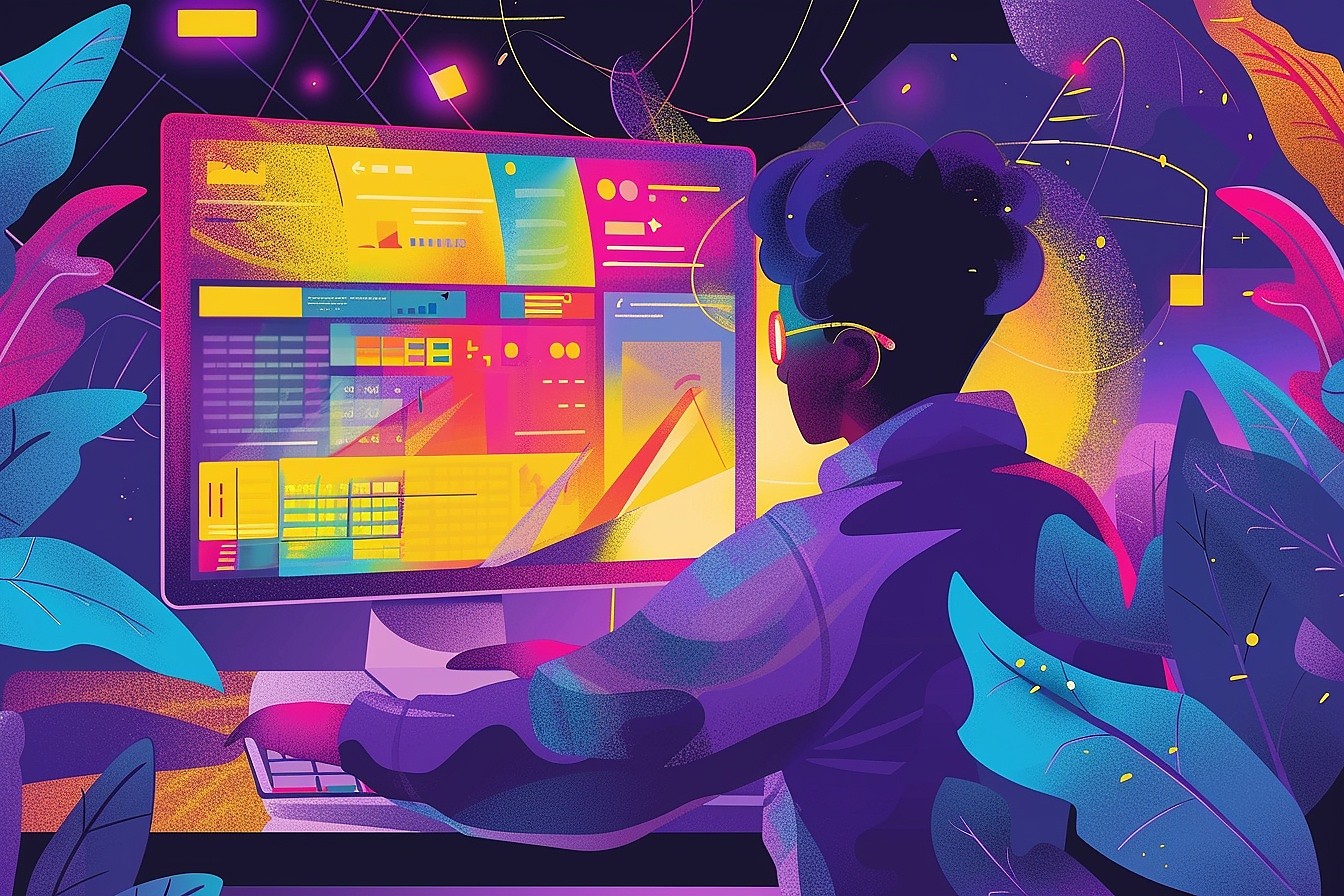The Early Days: GIFs and Flash
GIFs: The Pioneers of Web Animation
In the early 1990s, the Graphics Interchange Format (GIF) was the first widely adopted format for web animations. Created by CompuServe in 1987, GIFs quickly became popular due to their simplicity and ability to support both static and animated images. These early animations were often short, looping sequences that added a touch of dynamism to otherwise static web pages.
Flash: The Revolution Begins
The late 1990s saw the rise of Adobe Flash, a powerful tool that revolutionised web animation. Flash enabled designers to create complex animations, interactive elements, and even full-fledged games. With its vector-based graphics and support for audio and video, Flash brought a new level of interactivity and creativity to the web. However, Flash's reliance on a browser plugin and its heavy resource consumption eventually led to its decline.
The Era of CSS and JavaScript
CSS Animations and Transitions
With the advent of HTML5 and CSS3 in the late 2000s, web animations took a significant leap forward. CSS3 introduced animations and transitions, allowing developers to animate HTML elements using pure CSS. This innovation made animations more accessible and efficient, as they no longer required external plugins like Flash. CSS animations are now a staple of modern web design, enabling smooth, performant animations that enhance user engagement.
JavaScript: The Powerhouse of Web Animation
JavaScript has always been a critical tool for web development, but its role in animation has grown substantially over the years. Libraries like jQuery made it easier to create animations, but the real game-changer was the introduction of more advanced libraries and frameworks like GSAP (GreenSock Animation Platform) and Anime.js. These tools offer precise control over animations, allowing for complex sequences and interactions that were previously difficult to achieve.
The Modern Age: SVG and WebGL
SVG: Scalable and Interactive
Scalable Vector Graphics (SVG) brought a new dimension to web animations. Unlike raster images, SVGs are resolution-independent, making them perfect for responsive design. SVG animations can be controlled with both CSS and JavaScript, offering flexibility and scalability. With SVG, designers can create intricate, interactive animations that look sharp on any device.
WebGL: The Future of Web Animation
WebGL (Web Graphics Library) represents the cutting edge of web animation. It allows for 3D rendering within the browser, opening up a world of possibilities for immersive, interactive experiences. WebGL leverages the power of the GPU, enabling complex animations and visualisations that were once the domain of desktop applications. Combined with frameworks like Three.js, WebGL is pushing the boundaries of what is possible on the web, from data visualisations to 3D games.
Conclusion: The Endless Frontier
The evolution of web animations reflects the broader trends in web development: a relentless pursuit of better performance, greater accessibility, and more engaging user experiences. Also, animations are a promising trend in the world of web design this year. From the simple GIFs of the early web to the immersive 3D environments enabled by WebGL, each innovation has built upon the last, pushing the web forward in exciting new ways. As technologies continue to evolve, the future of web animations promises even more possibilities, limited only by the creativity of designers and developers.
